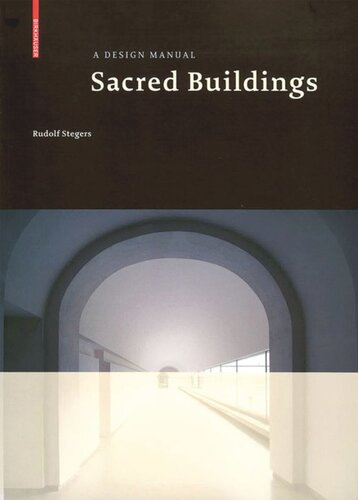

Most ebook files are in PDF format, so you can easily read them using various software such as Foxit Reader or directly on the Google Chrome browser.
Some ebook files are released by publishers in other formats such as .awz, .mobi, .epub, .fb2, etc. You may need to install specific software to read these formats on mobile/PC, such as Calibre.
Please read the tutorial at this link: https://ebookbell.com/faq
We offer FREE conversion to the popular formats you request; however, this may take some time. Therefore, right after payment, please email us, and we will try to provide the service as quickly as possible.
For some exceptional file formats or broken links (if any), please refrain from opening any disputes. Instead, email us first, and we will try to assist within a maximum of 6 hours.
EbookBell Team

4.8
54 reviewsAn introduction to designing and planning religious buildings – practical, systematic, and comprehensive
The building of religious structures represents a rare opportunity for the architect to concentrate on the creation of volume, space, and form. Sacred architecture is far less determined than other building tasks by functional requirements, norms, and standards. As a rule, it is free to unfold as pure architecture.
Thus in design terms this building task offers enormous freedoms to the architect. At the same time, however, the special atmospherics of sacred spaces call, on the part of the architect, for a highly sensitive treatment of religion and the relevant cultural and architectural traditions.
In a systematic section, this volume introduces the design, technical, and planning fundamentals of building churches, synagogues, and mosques. In its project section, it also presents about seventy realized structures from the last three decades. Drawing upon his in-depth knowledge of the subject and his many years of publishing experience, the author offers a valuable analysis of the conceptual and formal aspects that combine to create the religious impact of spaces (e.g., the ground plan, the shapes of the spaces, the incidence of light, and materiality).